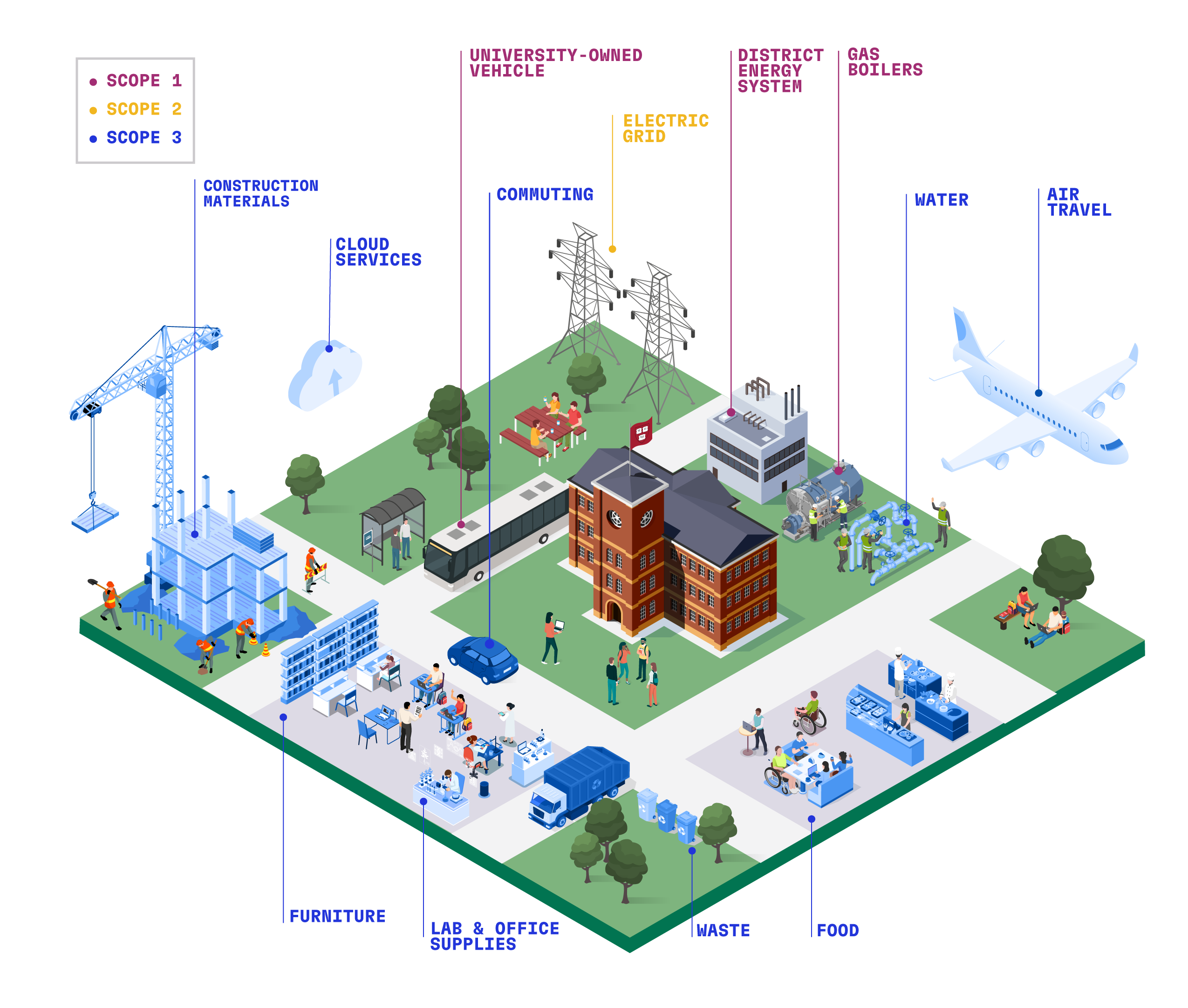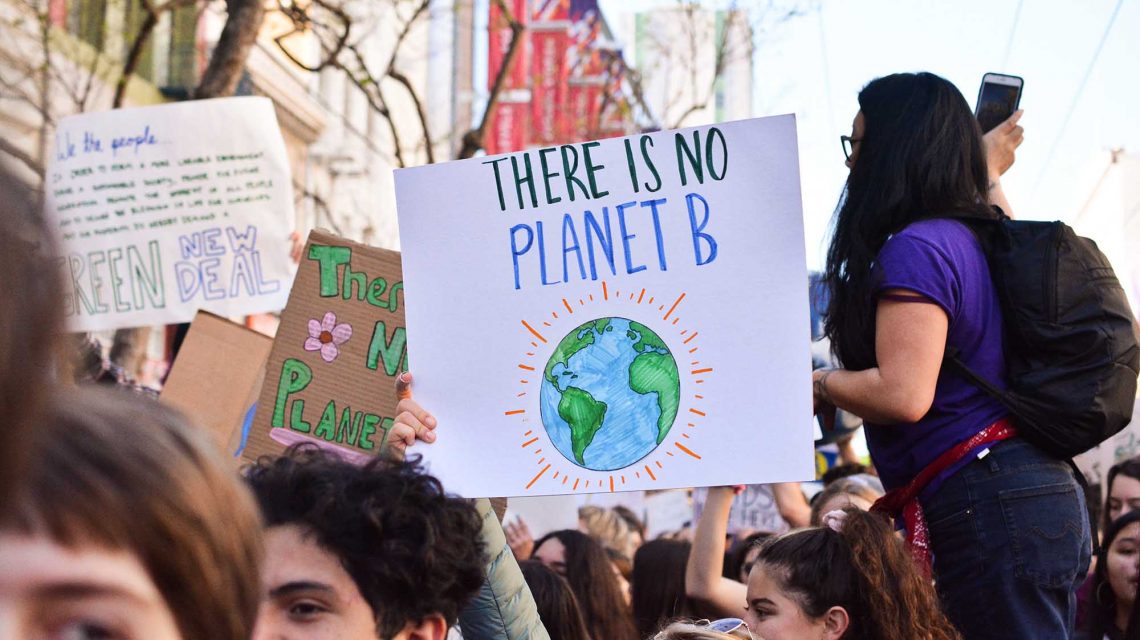
Since 1995, nations have gathered each year for the Conference of Parties (COP) to discuss ways to collaborate on climate action and net-zero goals to help the world limit warming to the 1.5 degrees Celsius threshold. The outcomes of each COP meeting drive markets, regulations, and public opinion that eventually impact every business.
So what does COP 28 mean for businesses? Here are some key takeaways.
A United, Global Consensus
Although more than 100 countries lobbied for stronger language to “phase out” oil, gas and coal, COPS 28’s call to “transition away” from fossil fuels is “…the first time that the world unites around such a clear text,” Norway’s Minister of Foreign Affairs Espen Barth Eide told Reuters.
With each COP agreement, countries have moved closer to a united stand on sustainable, renewable solutions and circular economy initiatives. While disagreements still occur, the direction is clear. COP28 is sending a strong message to investors and decision makers about the approach countries and businesses should be taking.
While COP 28 directives are not binding, forward-thinking businesses are taking note, and not waiting for legislation to trickle down from these global talks. For example, more than 200 companies are already leading the way by joining We Mean Business Coalition’s campaign: Fossil to Clean. These companies will be poised to earn benefits that usually come with taking the lead on sustainability, including reduced cost, improved growth and access to opportunities, and positive reputations.
Businesses can also look to COP 28’s partnerships and initiatives targeted at cities to help them get on the right track. The Buildings Breakthrough project aims to decarbonize the building sector, which accounts for 21 per cent of global greenhouse gas (GHG) emissions and one-third of global waste, while the Waste to Zero initiative brings together governments, NGOs, and the private sector to “decarbonize the waste management sector and transform waste into resources.”
The consensus is clear. Businesses must ask themselves if they want to wait and follow, or take action now and lead.
Accelerate Reduction Efforts, Particularly Methane
COP 28 countries have agreed on a goal to achieve net-zero by 2050 and on “accelerating and substantially reducing non-CO2 emissions globally, including in particular methane emissions by 2030.”
With target dates now in place for action, the COP 28 agreement is a reflection of the urgency the world is demanding.
Businesses worldwide need to heed the call as regulations and pressure will be coming down the pipeline to achieve this goal. Already, the U.S. has laid out plans to target methane from oil and gas drilling, and efforts to reduce methane from other industries will follow.
“… methane escaping from oil and gas drilling is only about 23 percent of the world’s methane emissions, with agriculture and waste being bigger culprits,” Climate Analytics CEO Bill Hare told the PBS Newshour. “To keep within that (1.5 C) limit, the world needs to cut carbon dioxide about 40 percent and methane by about 60 percent by 2030,” he said.
So, businesses need to pay closer attention to reducing GHG emissions, particularly from waste, because waste is one of the main sources of methane.
-
Reduce Food Waste to Reduce Methane
According to the EPA, an estimated 58 percent of methane emissions from municipal solid waste landfills are from landfilled food waste.
“The whole characteristics of food – that they’re rich in energy, rich in proteins, rich in nutrients and that they’re relatively easy to extract that energy from – means that in the landfill environment, they will generate more methane than a lot of other waste components,” Max Krause, an engineer with the EPA’s Office of Research and Development, told Reuters.
At COP 28, the Natural Resources Defense Council (NRDC) reports that 130 world leaders have endorsed a call for countries “to integrate food and agriculture solutions into their Nationally Determined Contributions (NDCs), National Adaptation Plans (NAPs), and National Biodiversity Strategies and Action Plans (NBSAPs).”
This is crucial with food loss waste accounting for 8-10% of GHG emissions (approximately four times the emissions from the global aviation industry, according to the Global Foodbanking network), and with about 90% of nations that submit NDCs not yet committed to reducing their food loss and waste (according to the NRDC).
All businesses, especially those in hospitality and other food-related operations, can and should do their part to address food waste, from implementing more efficient sourcing and planning, to donating edible, leftover food to communities in need, and implementing composting and other organics programs to divert food waste from landfills.
To help businesses address food waste, Great Forest partnered with Replate to put together a food waste toolkit to help companies understand the impact of treating food as waste, and learn how to implement solutions that work. (Replate was the official food rescue partner for the Food Rescue Program at Expo City Dubai during COP 28.) Download the toolkit now.
-
Scope 3: “The Elephant in the Room”
Emissions from waste generation and disposal fall under Scope 3, which is described as indirect emissions (NOT in Scope 2) that occur upstream and downstream all along the value chain. The UN Global Compact describes Scope 3 emissions as the “elephant in the room,” to which many companies are still not paying full attention, even though Scope 3 represents the largest share of most companies’ GHG emissions.
In some sectors, like finance and real estate, Scope 3 emissions approach 100% and 93% respectively of emissions.
The bottom line is that businesses cannot ignore Scope 3 emissions. In fact, addressing Scope 3 emissions, by reducing waste and other methods, is a big opportunity for businesses to make an impact. Businesses must plan to collaborate with vendors, suppliers, waste haulers and other partners to reduce both waste and emissions all along the supply chain.
Data will be key in these efforts for Scope 3 reporting, which is required for many standards–including the European Sustainability Reporting Standards, the International Sustainability Standards Board, and the proposed US Securities and Exchange Commission. Transparency in carbon accounting will position businesses as leaders in sustainability.

Report Card Provides Roadmap
COP 28 is unique in that it is the first time a global stocktake has been at the core of the global meeting. This is in essence a report card issued regarding where the world stands after the Paris Agreement, and what needs to be done. Businesses worldwide should review the UN report summarizing the findings and work to align their goals and strategies to meet these challenges.
COP outputs and reports can help businesses anticipate trends, and lead the way with initiatives that can help their business and the planet thrive in this changing landscape.
Over the past few years, more and more companies are attending COP talks, with COP 28 being criticized for the large numbers of oil and gas companies and lobbyists in attendance. Despite the weariness of climate advocates, private sector businesses are crucial to helping countries implement climate solutions. Working hand-in-hand, businesses and governments can accelerate climate action and move whole economies toward greener alternatives. The COP outputs provide a roadmap for that to happen. Businesses should pay attention.
Photo: Bob Blob, Unsplashed

